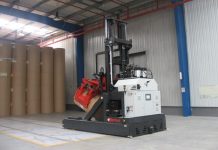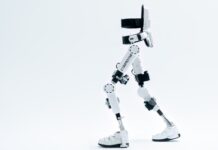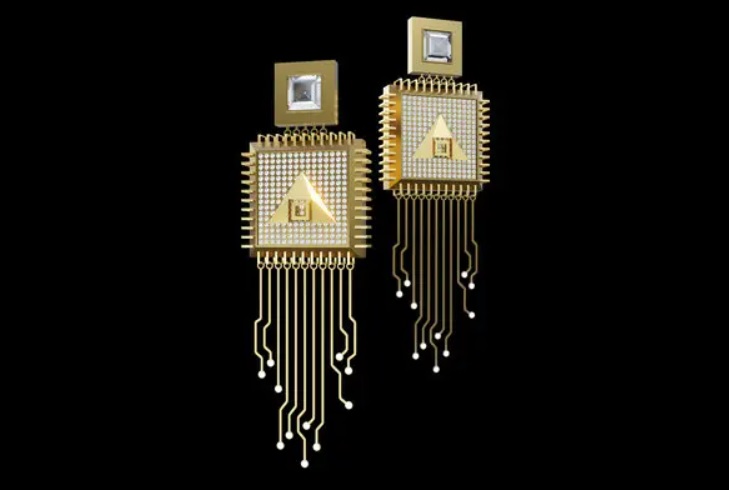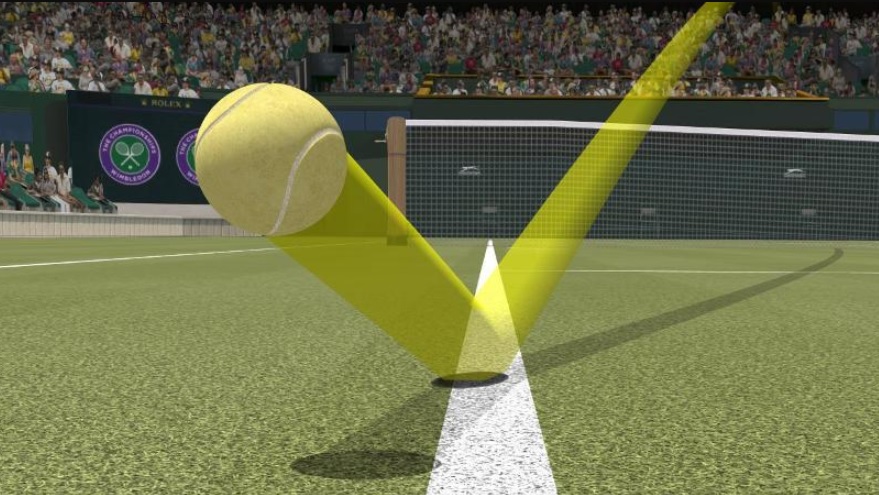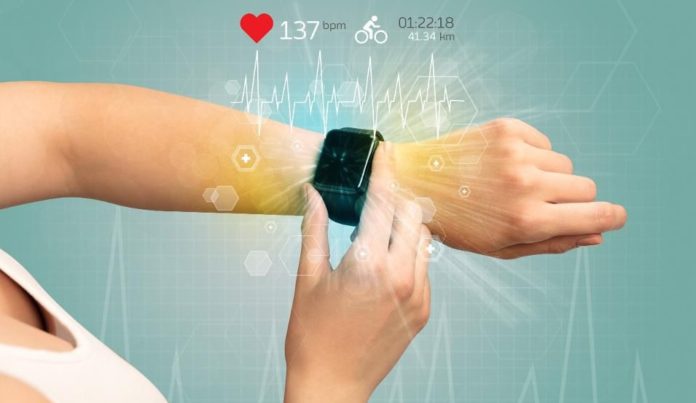
Wearables are becoming an integral part of our lives. These continuously evolving devices only promise to help people pursue a healthier lifestyle but provide an ongoing stream of medical data for actively tracking metabolic status, diagnosis, and even treatment. Nevertheless, wearable technologies are still in development despite the efforts to solve the limitation of closed-loop wearables.
One of several challenges faced by the technology in medical care is the design of energy efficient theranostic wearable technologies. The average energy requirements tend to be higher as their diagnostic or therapeutic wearable counter-parts. Similarly, the use of closed-loop automated systems for drug release into the body based on physical conditions and organic needs is yet to undergo thorough human testing. Most current devices present a nonflexible behavior difficult to adapt to several circumstances and respond in a personalized manner.
In general, the overall expectations and architecture requirements of any future wearable devices in medical care are:
- long battery life and low power consumption
- capability to wirelessly recharge or receive power
- continuous synchronization within local networks or IoT
- robust sensors with a low signal-to-noise ratio
- high performance in the data processing
- encrypted and secure data transfer
- conformability, comfortability, thin geometry
- amenable to mass manufacturing at a low cost.
The key trends for the development of next-generation wearables are multiplexed sensors, continuous connectivity, higher energy storage, and charging, low power consumption, novel material integrations, and better displays.
1. Signal acquisition, processing, and AI algorithms
Wearable devices integrate a large number of sensors and sensor networks for crucial design parameters like sensor signal acquisition and processing. High-quality raw data is, therefore, necessary to ensure reliable diagnostic information. However, the majority of wearables face low-quality raw data acquisition, leading to erroneous health evaluation and diagnosis.
Data processing algorithms have a big significance in obtaining high-quality data in multiplexed wearable sensors, where they can monitor energy expenditure, heart rate variability, electrodermal response rate, arterial fibrillation, seizure, and stress levels simultaneously. Therefore, AI-based signal analysis and data processing algorithms are most likely to be an integral part of signal processing in future medical wearable devices. These preloaded algorithms, fully integrated into standard chip architecture, are capable of measuring ECG, respiration by bioimpedance, and 3D accelerometer data.
2. Energy storage and charging
Flexible batteries and energy management systems are key design components in all wearables. High energy density batteries in wearable devices should withstand bending, folding, and stretching, while being amenable to miniaturization and easily integrated. The flexibility of wearable devices mainly depends on the mechanical properties of the electrodes.
Lithium polymer technology is the current benchmark for all commercial products, but Zn–air and Li-air batteries may offer more extended energy storage. Zn–air batteries require the diffusion of atmospheric oxygen into a porous carbon electrode. They consist of zinc metal as an anode and air electrode as a cathode, which is separated into catalytic activity layer, gas diffusion layer, and a separator. Rechargeable Li-air batteries are also promising candidates as their theoretical and practical specific energies can reach up to 12 000 and 4000 Wh kg−1.
3. Displays
Creating inorganic light-emitting diode on flexible polymeric substrates can reduce the physical and geometrical optoelectronic design constrains in semiconductor wafers. One approach is to use a sacrificial substrate to construct electronic circuitry. Additionally, wearable devices should incorporate deformable full-color displays for conformal integration on curved surfaces.
Recently, a quantum dot-based LED array was fabricated by intaglio transfer printing onto flexible and curved surfaces. These LEDs showcased an electroluminescence performance of 14 000 cd m−2 with 7 V and operated over 1000 deformation tests. Wearable devices in medical care are luckily not screen-centric. Most of the time, therefore, medical experts recommend highly robust user interfaces that rely on connectivity rather than immediate display of information.
4. Comfort and Conformity
User experience with wearables has been poor in medical care due to the ad hoc design of user interfaces, requiring manual control. Electronic components should be able to bend and adapt to the wearer’s activities. The only solution is the high-level integration of chips that ensures a compact organization of components in medical wearables. This requires novel device assembly and chip building, such as stacked dies (3D integrated circuits), multichip packages, or full systems in package. Wearables also require a small footprint to seamlessly integrate with the user’s body or clothing as functionality affects the wearing comfort. Finally, more innovative materials are required, not only to enhance conformity but to ensure body-device interaction and achieve high-quality signal acquisition.
Analog sensor device interfaces are essential for optimal health assessment and the quality of signal transmission. As wearable devices evolve, there arises the need for new materials for individual sensors (impedance, conductive, optical) to reduce motion artifacts, contact with dry electrodes, identifiy physiological differences, and measure nonoptimal positions. Strain-gauge sensors, featuring high-aspect-ratio Pt-coated polyurethane nanofibers, are currently available with capabilities to mimic the mechanical properties of the human skin. Piezoelectric crystals, optical components, and hybrid interconnects are also proposed for microelectronic architectures.




